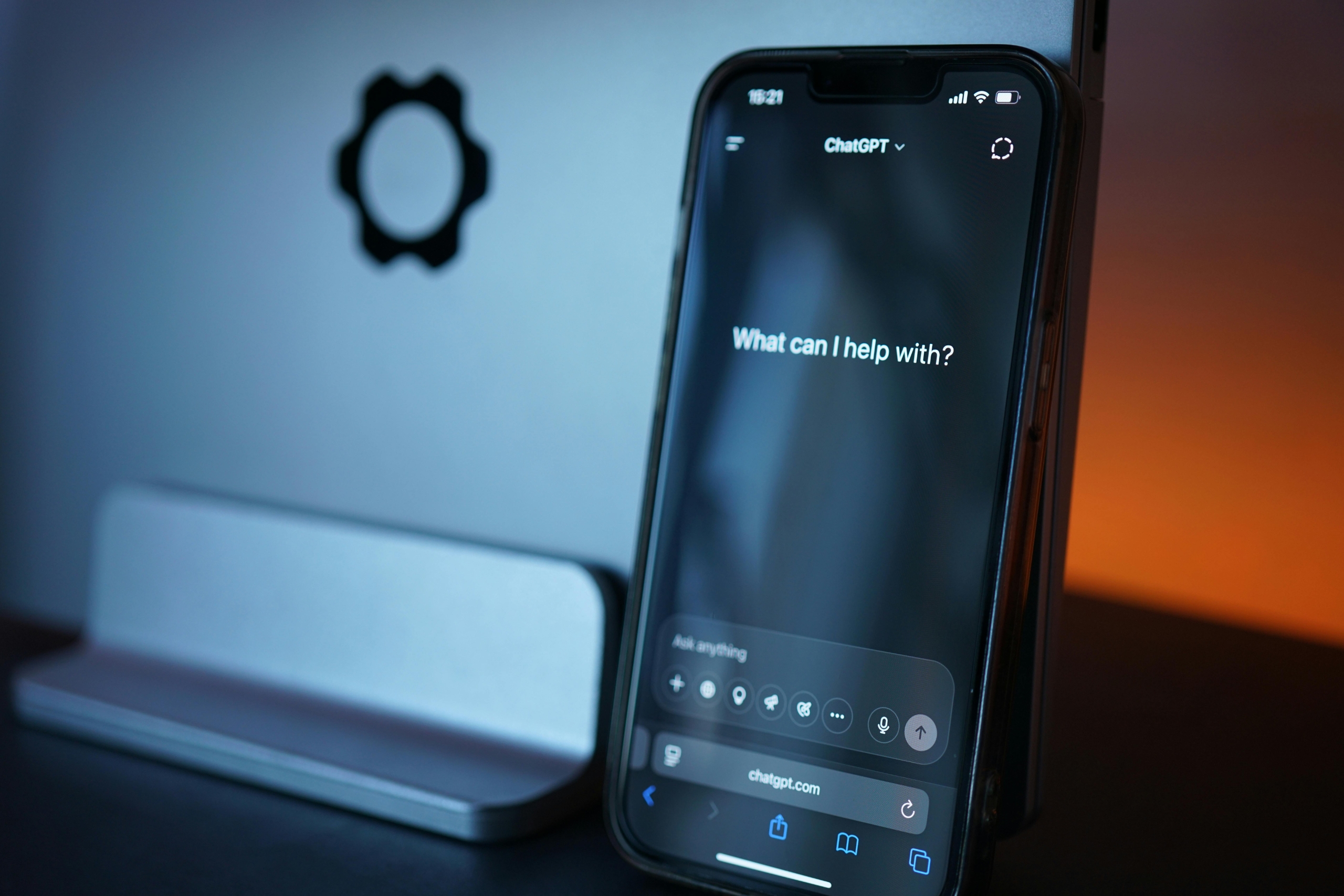Artificial intelligence is no longer science fiction — it’s part of everyday life. From writing to brainstorming and coding to customer support, ChatGPT has become a virtual assistant for millions of people worldwide. But while most users scratch the surface, only a few truly know how to make it work like a pro. The right tips on Chat GPT can transform a casual interaction into a powerful, productive experience. Whether someone’s a student, content creator, or entrepreneur, learning to communicate effectively with this AI tool can save hours, spark creativity, and even change the way they think.
Understanding ChatGPT Beyond the Basics
At its core, ChatGPT is a language model — designed to generate human-like text based on prompts. But it’s far more than a chatbot. It’s a research partner, writing assistant, brainstorming buddy, and idea generator rolled into one. One of the most important tips on Chat GPT is learning to treat it like a collaborator, not a machine.
When users ask generic questions, they get generic answers. But when they provide context, tone, and intent, the results become exponentially better. For example, instead of saying “Write me a blog post,” a user might say, “Write a 700-word blog post in a confident yet casual tone about sustainable travel for young professionals.” That simple addition of detail turns an average response into a tailored piece of writing.
The magic of ChatGPT lies in how it understands context. It can mimic writing styles, summarize data, rewrite complex text for clarity, or even generate creative scripts and ad copy. Knowing how to prompt it effectively — using clear, structured instructions — is what separates beginners from power users.
Structuring Prompts for Smarter Results
Prompt engineering might sound technical, but it’s simply the art of asking good questions. When it comes to tips on Chat GPT, this is the most valuable skill to master.
A well-structured prompt has three key elements: context, task, and style. Context tells ChatGPT who it’s writing for, the task defines what needs to be done, and style determines how it should sound. For instance:
“Act as a financial advisor. Write an email to a 30-year-old professional explaining why long-term investing beats day trading, using a friendly and confident tone.”
That’s a near-perfect prompt because it gives ChatGPT identity, purpose, and direction.
Another underrated ChatGPT tip is to ask for iterative improvement. Instead of settling for the first answer, users can say, “Make this more persuasive,” or “Add real-world examples.” The AI learns from feedback within the same conversation, refining output each time — just like a real assistant would.
And when brainstorming? Always push for variations. Asking for “five alternative headlines” or “three ways to explain this to beginners” unlocks creativity that a single request can’t.
Practical Ways to Use ChatGPT Every Day
ChatGPT isn’t just for techies or writers — it’s a tool for everyone. One of the most practical tips on Chat GPT is to think of it as an extension of your mind.
Students can use it to summarize readings, generate study questions, or rewrite notes for better understanding. Small business owners can draft emails, marketing campaigns, or social media captions effortlessly. Programmers can use it to debug code or explain algorithms in simple terms.
Professionals in any industry can streamline workflow — from writing client proposals to crafting reports or presentation outlines. Even everyday users can benefit: ChatGPT can plan meals, create travel itineraries, or help write resumes and cover letters.
The key is specificity. The more details you provide, the more accurate and useful ChatGPT’s output becomes. And since it remembers context within a conversation, users can refine and adjust their prompts continuously until they get exactly what they need.
Avoiding Common Mistakes and Misunderstandings
While ChatGPT feels intuitive, it’s easy to misuse. One of the most common mistakes is asking overly broad questions like “Tell me about marketing” — which leads to generic responses. A better approach is to ask for focused, actionable information, such as “Explain three marketing strategies for small fitness businesses.”
Another useful tip on Chat GPT is to remember that while it’s smart, it’s not infallible. It doesn’t have real-time awareness unless connected to the web, and it can sometimes “hallucinate” — producing confident-sounding but inaccurate information. Always double-check facts, especially for research or professional work.
Tone is another aspect users often overlook. ChatGPT can switch between formal, casual, persuasive, or technical tones instantly — but only if told to. Without tone instructions, it defaults to neutral, which may feel bland or robotic. So, whenever possible, include tone and audience cues in your prompts.
The Future of ChatGPT and AI Collaboration
Artificial intelligence is evolving fast, and ChatGPT sits at the center of that evolution. New versions integrate with web browsing, data analysis, image creation, and voice interactions — turning text prompts into multimedia experiences.
The future belongs to those who understand how to collaborate with AI tools like ChatGPT. As these systems become more advanced, they’ll shift from assistants to creative partners — capable of generating not just words but solutions. That’s why learning effective communication with AI isn’t just a skill; it’s a career advantage.
Another exciting development is personalization. Soon, users will be able to train AI models on their own style, preferences, and knowledge base, creating custom assistants that think and write like them. Those who start learning now will be ahead of the curve when that future arrives.
Conclusion
The beauty of ChatGPT lies not in what it can do — but in what users can make it do. With the right tips on Chat GPT, anyone can harness its full potential to write better, work faster, and think bigger. It’s more than just a chatbot — it’s a creative partner, a productivity booster, and a digital mentor all in one. Like any powerful tool, its true value depends on how it’s used. Mastering the art of clear prompts, iterative feedback, and creative exploration transforms ChatGPT from a convenience into a game changer — one that’s redefining how humans and technology think together.


